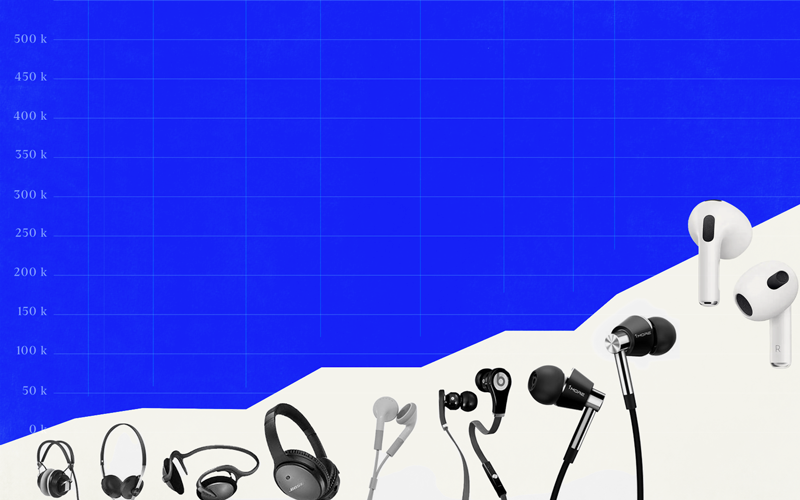Here’s a crash course in freeriding a startup: Project collaboration? Trello. Social media marketing? Hootsuite. Graphic design? Canva. Video calls? Zoom.
That’s your operational SaaS framework sorted, and it hasn’t cost you a dollar.
But no billion-dollar exit was built on zero investment.
While free SaaS is useful for individuals, it comes with built-in limitations that require extra costs for advanced services. As the phrase goes, “there ain’t no such thing as a free lunch.”
It’s hard for new startups to survive and financing is often the first hurdle they fall at. With your competition playing a tug-of-war game for your customer base, cost-cutting is an essential part of the game.
But can free tech be the bridge you need between starting and scaling?
Short term perks
In the early stages of starting up, founders can use free tech if they’re planning to upgrade to premium once capital comes in or migrate to alternative tech without built-in limitations.
Marketing on tech platforms can serve as an excellent way to grow your audience organically. You can find where your target market hangs out and immerse yourself in the community. This includes groups like Facebook Groups, Slack channels, and subreddits on Reddit.
It doesn’t cost you or your organisation any money and requires only your time.
If you’re willing to undergo limitations in the short term, freemium tools are well suited to that journey to MVP.
Hootsuite’s freemium model allows founders to start with two social media accounts and schedule up to five posts. You can scale up functionality once you develop an audience for your business needs. If you’re a solopreneur, it may be all you need.
When you start seeing an uptick in capital and customer interest, it’s advised you start upgrading your freemium service based on importance. At the very least, you’ll need to start automating processes – a function often firewalled behind subscription fees.
MailChimp allows you to create email campaigns easily, but its free plan limits you to 2,500 monthly emails and 500 maximum contacts. If it serves its purpose, this contact base will be expanding dramatically. At that point, you’ll be able to justify the paid upgrade based on projected ROI.
SaaS or staff
Free tech can help your business blow past growing pains at no cost and helps determine which software you and your team work best with before committing.
Freemium services are also easily dropped – much better to quit a service than terminate a staff member.
You can’t do it all. And your hiring budget may be tight. As your business grows, you’ll need to expand your customer service team to include ticket sharing, dedicated team support, and a benchmark tool to calculate employee productivity.
Freshdesk is a customer service software which offers free services for up to 10 customer service agents. It optimises productivity via a gamification system which makes customer support work less routine.
While Freshdesk is great for smaller teams, you may transition to a paid tool such as Zendesk.
There’s always a trade off.
When founders use free tech, they’re always giving something up. If the product is free, you’re probably the product.
Whether it be personal data or content you’ve created, consumers may not have a problem with it, but this may be unfeasible for your enterprise.
It’s also easy to bypass your free tier version. Amazon AWS has a 12-month free tier that allows customers to use a limited amount of data. But every month AWS bills come due and customers are surprised to pay hundreds of dollars.
Competing with free software
There’s another party with a horse in this race, and that’s the position of an SaaS founder.
How do you compete against tech giants who offer both quality and free access?
It may sound like an impossible endeavour, but Zoom, Shopify, and Dropbox began as startups that beat the odds and are worth billions of dollars today.
A powerful market strategy used to take on the titans is ‘network effects’. In The Network Effects Bible, author James Currier defines the concept as: “mechanisms in a product and business where every new user makes the product/service/experience more valuable to every other user.”
It’s no mere theory. Network effects were responsible for 70% of value creation in tech from 1997 to 2017 and reached a valuation of USD $1 billion.
When people flock to social media websites en masse, the hype train boosts the product experience and attracts more users overall.
SaaS goes hand in hand with product-led growth. Founders can provide a free version of their product with basic features, then use it to upsell to a premium version.
This is a very viable strategy for two main reasons: firstly, all your leads are already warm and will have varying degrees of loyalty, reliance, and reluctance to switch. Secondly, you have access to all their data which can show you what they’re looking for.
Grammarly does this well with its basic error detecting function. But its premium version gives rephrase suggestions, tone adjustments, and a plagiarism checker – essentials for any non-professional writer who needs to write (which is most professionals).
Y Combinator co-founder Paul Graham doesn’t believe startups should be deterred by the tech giants. “The people at Google are smart, but no smarter than you; they’re not as motivated, because Google is not going to go out of business if this one product fails; and even at Google they have a lot of bureaucracy to slow them down.”
If you’re going toe-to-toe against tech conglomerates like Facebook or Apple, you have to chip away at the vulnerabilities of the incumbents.











